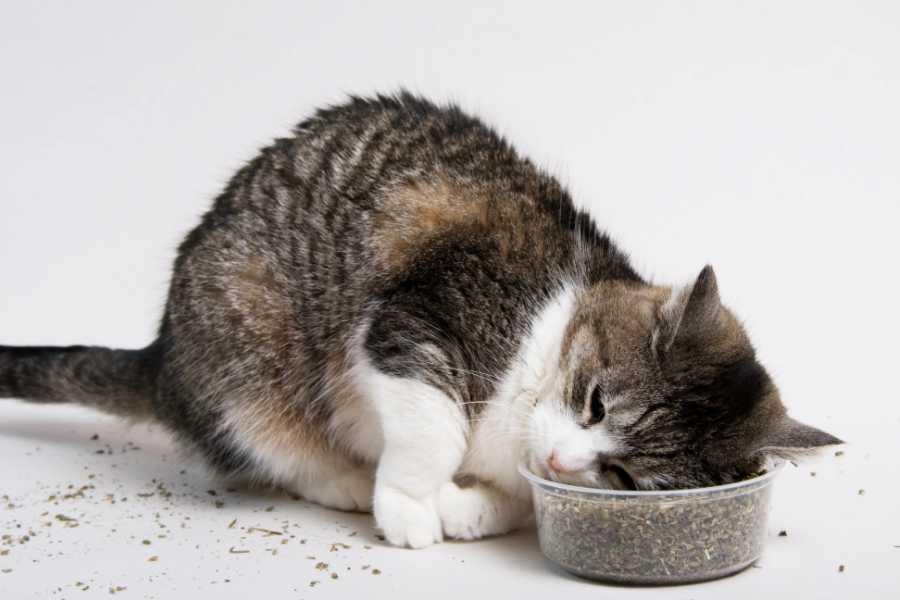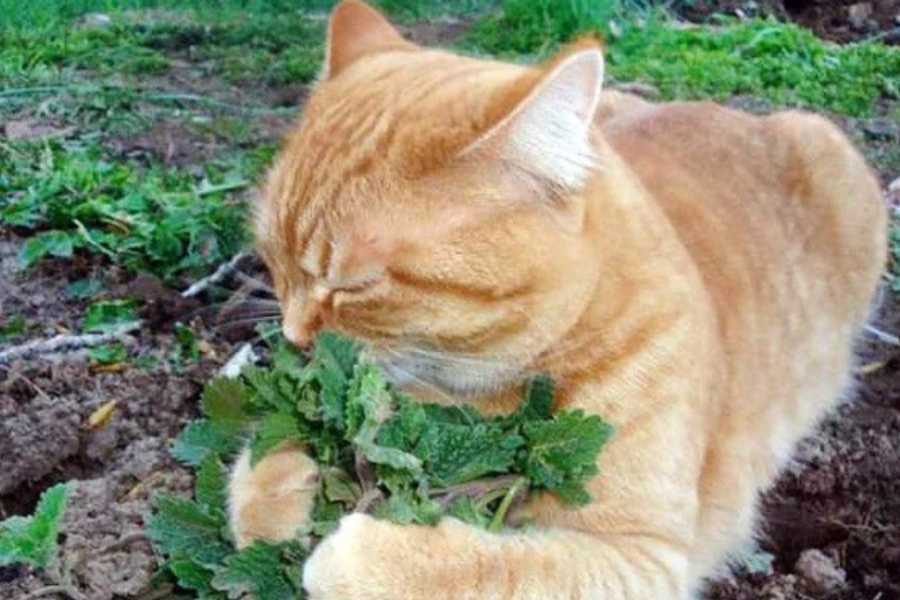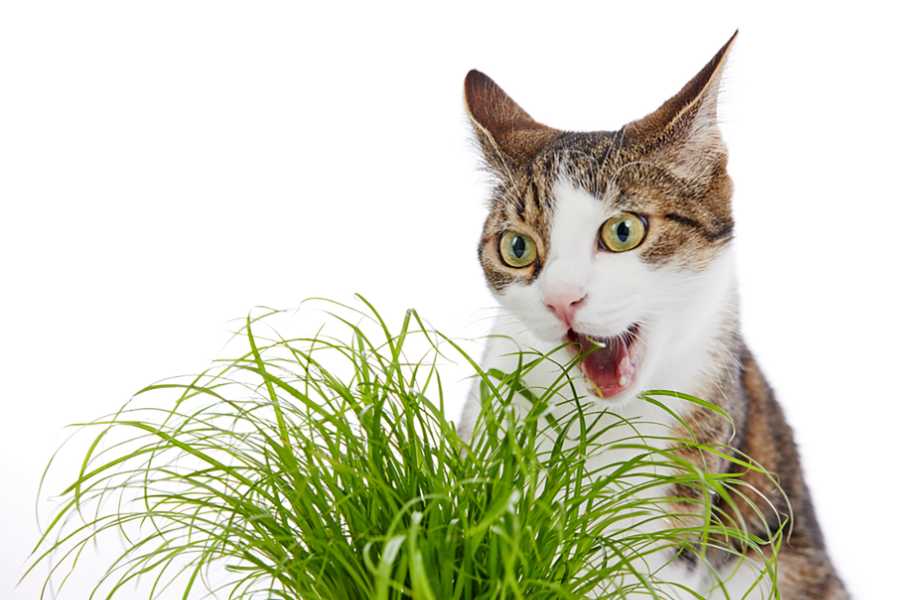Is Cat Crack Safe - Is Catnip Right for Your Cat?

Catnip Considered: Is it Right for Your Cat? Is Cat Crack Safe?
This mysterious herb can cause a range of reactions in our feline friends, from playful energy to relaxed contentment. But what exactly is catnip? Is it safe for all cats? And what if your cat is part of the 30% that doesn’t react to it at all?
In this post, we’ll explore the world of catnip, its effects on cats, and how to use it safely. We’ll also introduce some exciting alternatives to catnip that your cat might enjoy. So, whether you’re a seasoned cat owner or a first-time kitten parent, this post is sure to offer some valuable insights. Let’s get started! ![]()
What is Catnip? 🌿

Catnip, an herb in the mint family, is a common treat for our feline friends. But did you know that not all cats react to catnip? In fact, a cat’s reaction to catnip is genetically predisposed, and about 30% of all cats don’t react at all.
The component in catnip that triggers a response in cats is called nepetalactone. Interestingly, male cats tend to respond more to nepetalactone because its smell mimics that of female cat urine. 😺
How Do Cats React to Catnip? 😸

Cats can have a wide variety of reactions to catnip. Some cats become more playful and energetic, while others may become more relaxed and sleepy. It’s important to observe your cat’s reaction to catnip, as it can lower their inhibitions and possibly alter their behavior.
For example, a cat that tends to be a bully might become more aggressive when exposed to catnip. On the other hand, a cat that is usually fearful might become more reactionary. ![]()
How to Use Catnip Safely 🐾

When introducing catnip to your cat, it’s best to start slowly and observe their reaction. The effect of catnip lasts for about 10 to 15 minutes, and it takes a couple of hours before it will work again.
It’s also important to note that cats can’t overdose on catnip. However, it’s always best to use catnip as part of an event or special treat rather than a regular part of their diet.
Catnip Alternatives 🌱

If your cat is one of the 30% that doesn’t respond to catnip, or if you’re just looking for something new to try, there are several alternatives to consider.
Silver Vine: A 2017 study showed that 80% of cats were responsive to Silver Vine, making it a popular alternative to catnip. Silver Vine is crushed into a powder, similar to catnip, and can have exciting or sedating effects on cats.
Valerian Root: While Valerian Root is a sedative for humans, it can have a stimulating effect on cats. However, be warned that Valerian Root has a strong, unpleasant smell that humans may not enjoy.
Tartarian Honeysuckle: This type of honeysuckle can have a nice effect on cats and is another great option to rotate into your cat’s routine.
Remember, variety is the spice of life, so don’t be afraid to try new things with your cat. Just make sure to do your due diligence and ensure that any new plant or herb is safe for your cat.
For more information on plants that are toxic to cats, check out our article on 21 warning signs your cat is crying for help. ![]()
Conclusion 🐈

Whether your cat is a fan of catnip, Silver Vine, Valerian Root, or Tartarian Honeysuckle, these herbs can provide a fun and exciting experience for your feline friend.
Just remember to introduce new herbs slowly and observe your cat’s reaction. With a little bit of caution and a lot of love, you can help your cat have a fun, safe, and stimulating life.
Remember, we’re here to help you make the best decisions for your pets. For more information on cat behavior and health, check out our other articles. Happy pet parenting!

Tags
Share
Table Of Contents
Related Posts
Quick Links

